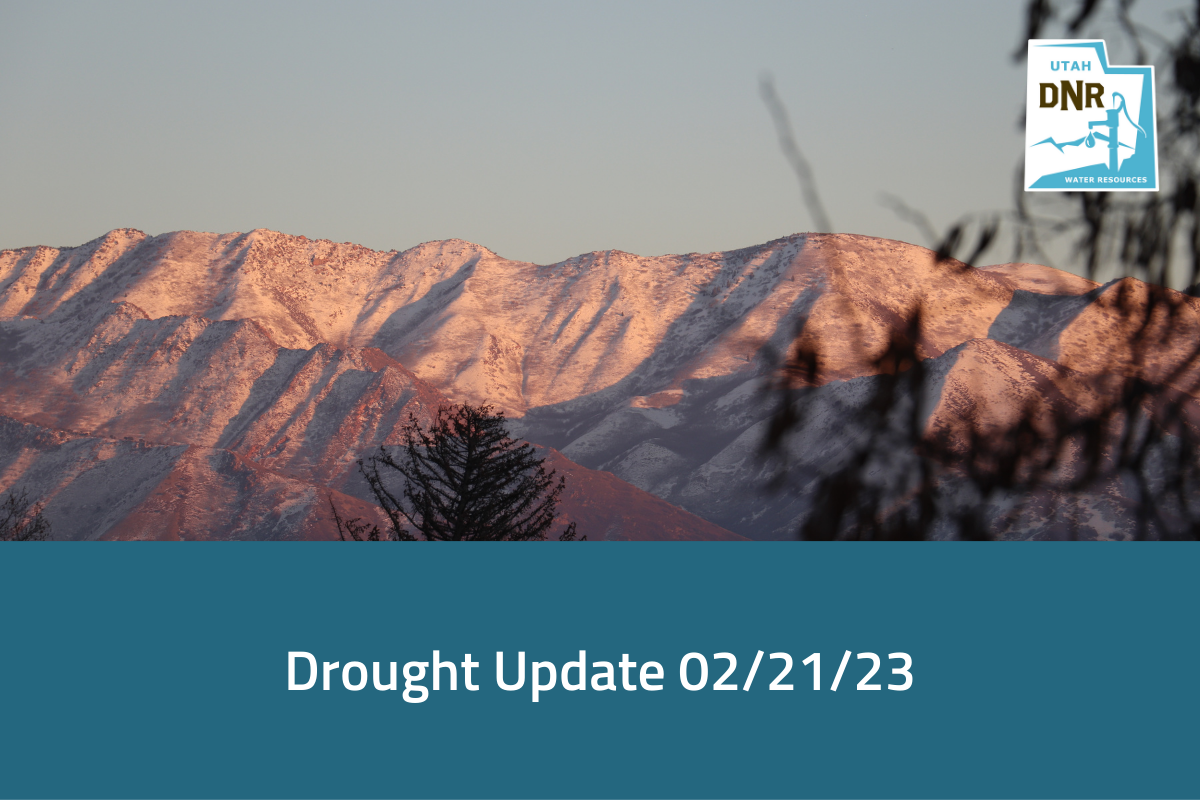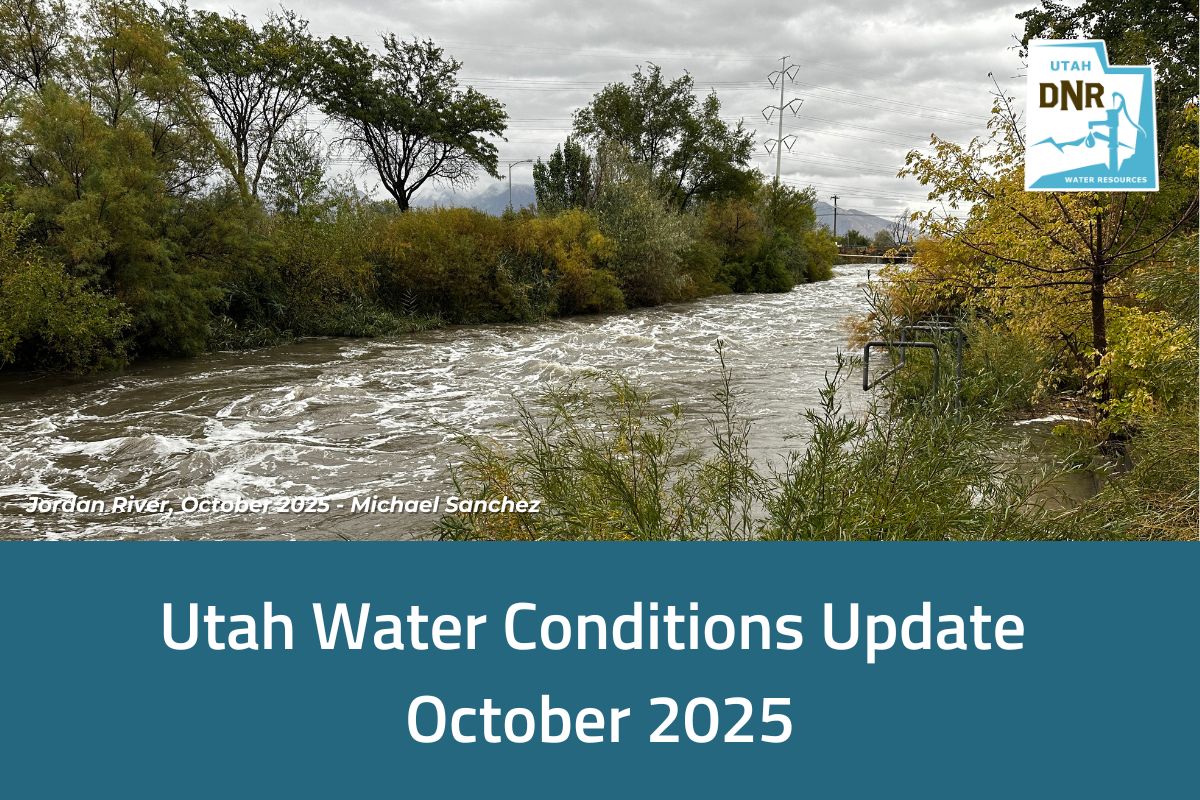SALT LAKE CITY (Feb. 21, 2022) – Utah’s snowpack is currently above the April peak. More snowstorms, such as the one forecasted this week, are needed to keep our snowpack above average. Many reservoirs are expected to fill, while larger water bodies will take multiple years of above-average snowpack to fill. Cold temperatures and an effective melt are needed to begin refilling reservoirs.
“This is our opportunity year!,” Candice Hasenyager, director of the Division of Water Resources, said. “In order to take full advantage of our plentiful snowpack, we must continue to use our water wisely. One good snow year won’t pull the state out of drought. And by using less water, we will become more drought resilient.”
The Department of Natural Resources and the Department of Environmental Quality recently partnered to create greatsaltlake.utah.gov. The website serves as a one-stop-shop for all things Great Salt Lake. The site can springboard visitors to activities such as the Great Salt Lake Basin Integrated Plan, Growing Smart Initiative and current conditions on the lake.
“Before the website, we didn’t have a central place to direct people for Great Salt Lake information,” Hasenyager said. “Now, we have this important tool for Utahns to check out what is being done and why the lake matters.”
At-a-glance highlights:
- According to the Natural Resources Conservation Service in their latest report, Utah is now guaranteed to have an above-normal snowpack! From now until the onset of snowmelt, every additional inch of snow will push the state farther above normal. The only years that have had more snow at the beginning of February since the SNOTEL network was installed were 1984 and 1997.
- January precipitation in Utah was well above normal at 196%, making it one of the best winters in the past 20 years! 2017 and 2005 were slightly better than 2023.
- Great Salt Lake has risen a foot and a half since its historic low two set in early November 2022. This is due to direct precipitation and inflows to the lake. For context, the lake rose just over a foot all of last year. We are off to a good start as we look toward spring runoff!
- On Feb. 3, Gov. Cox issued an executive order to raise the Great Salt Lake causeway berm from 4,187 feet to 4,192 feet. The purpose of raising the earth fill berm is to take advantage of the above normal snowpack this year and capture as much water from the spring runoff as possible. Raising the berm helps prevent hyper saline water in the north arm of the lake from flowing into the less salty south arm. This temporary measure will have impacts to the lake level of the north arm. However, the north arm does not support the same ecosystem and is already at or near saturation of salinity. The north arm has a thicker mineral crust that is not as prone to erosion. It is very likely that the berm management plan, which is part of the governor’s executive order, will include periodic strategic releases of water to the north arm when conditions support the release.
- Twenty-four of the 47 reservoirs the division monitors are below 55%, which is about the same as last year but still about 10% lower than normal for this time of year.
- Of the 63 measured streams, 24 are currently flowing below normal. The number of streams measured has decreased due to ice on the stream gauges.
- Residents can find water-saving tips at SlowtheFlow.Org.
# # #




